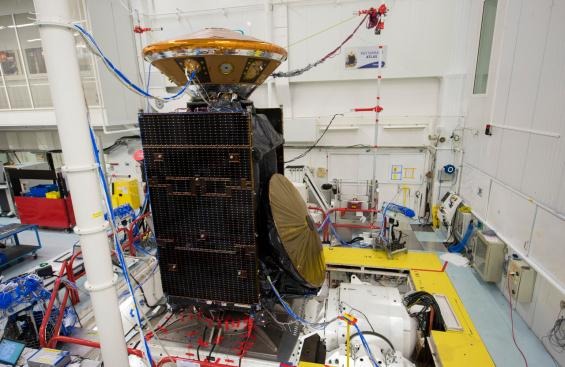ESA Is Planning A Mars Vehicle Landing For This October
This upcoming October, the Schiaparelli module launched back in March of this year on the ExoMars Trace Gas Orbiter (TGO), will land on Mars. The European Space Agency is leading this mission, and will use it to demonstrate its own controlled (and hopefully successful) landing of a vehicle on the Mars' surface. This mission will help refine future ESA missions to the Red Planet, and will also return a limited but still significant set of scientific data.
The ESA describes Schiaparelli as a technology demonstration vehicle; according to the agency, it is equipped with "limited, but useful, science capabilities." The science package included with the vehicle will only operate for a short while once it reaches the surface — up to four Martian days.

The scientific aspects aren't the main goal, though. The ESA is using Schiaparelli to demonstrate the most difficult parts of getting a vehicle on Mars: the entry, descent, and, finally, the successful landing.
The vehicle and orbiter were deployed on March 14, and the ESA anticipates the entry will happen seven months later; that pegs the landing for mid-October. The vehicle will detach from the Orbiter a trio of days before reaching the Martian atmosphere. The ESA says it will then "coast" in hibernation mode until it is a few hours away from entering the atmosphere.
The ESA anticipates a heat shield protecting the vehicle from the heat and effects of deceleration. Once it is close enough, a parachute will deploy. As it descends, the heat shield will be released, then a Doppler radar will turn on to identify the location. Finally, then, the liquid propulsion system will activate and a crushable structure will cushion the impact of landing.
SOURCE: European Space Agency
